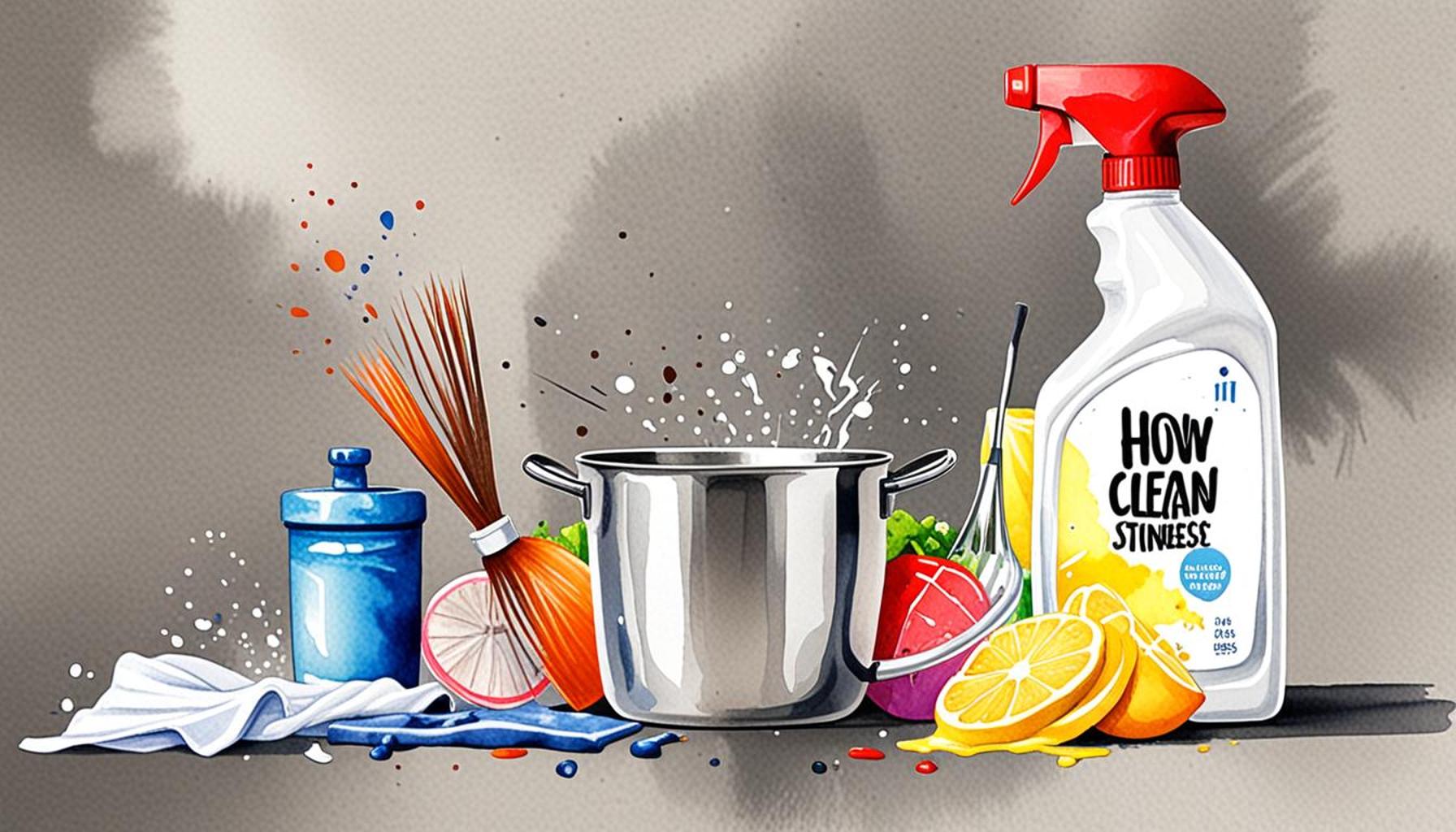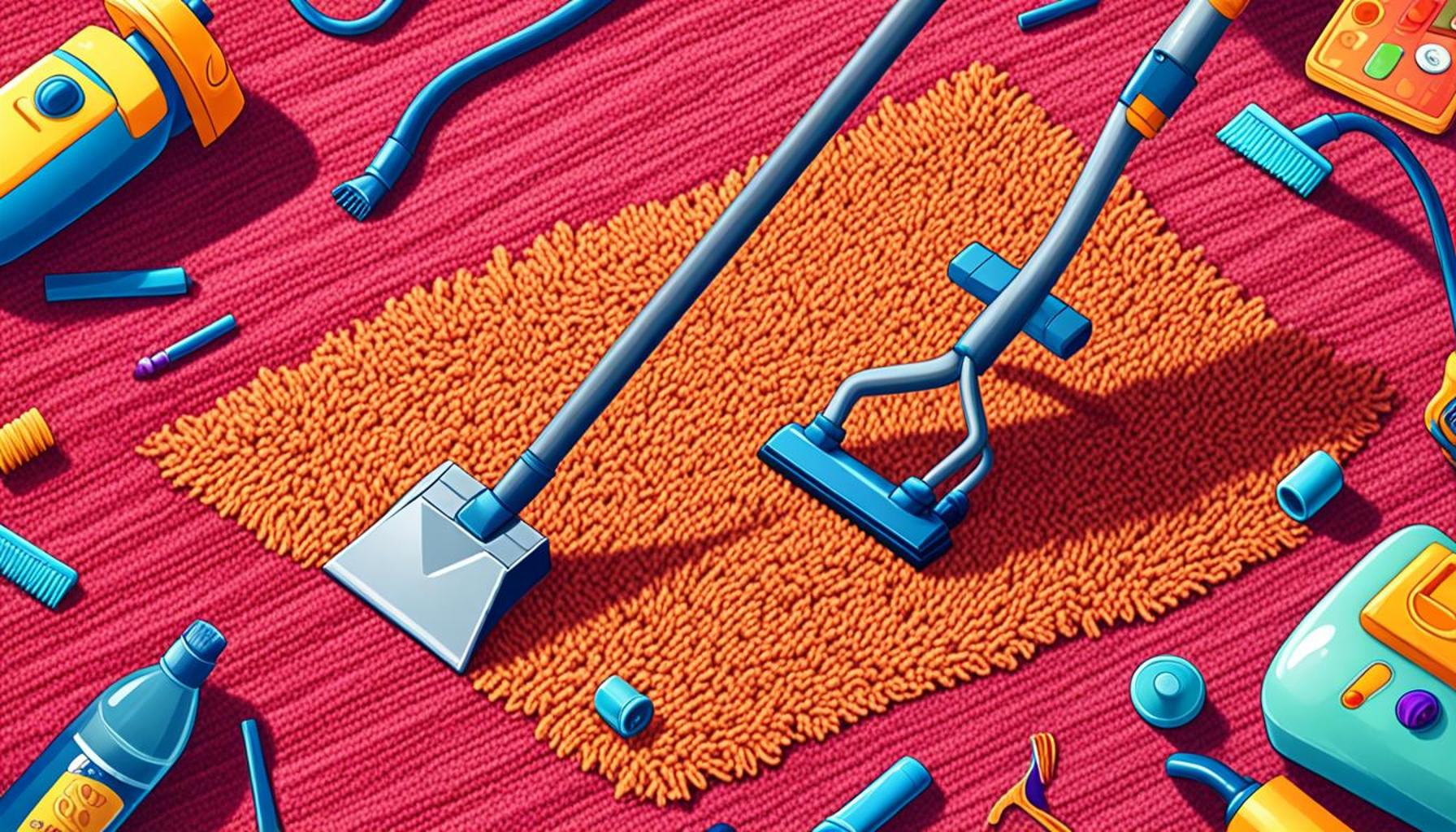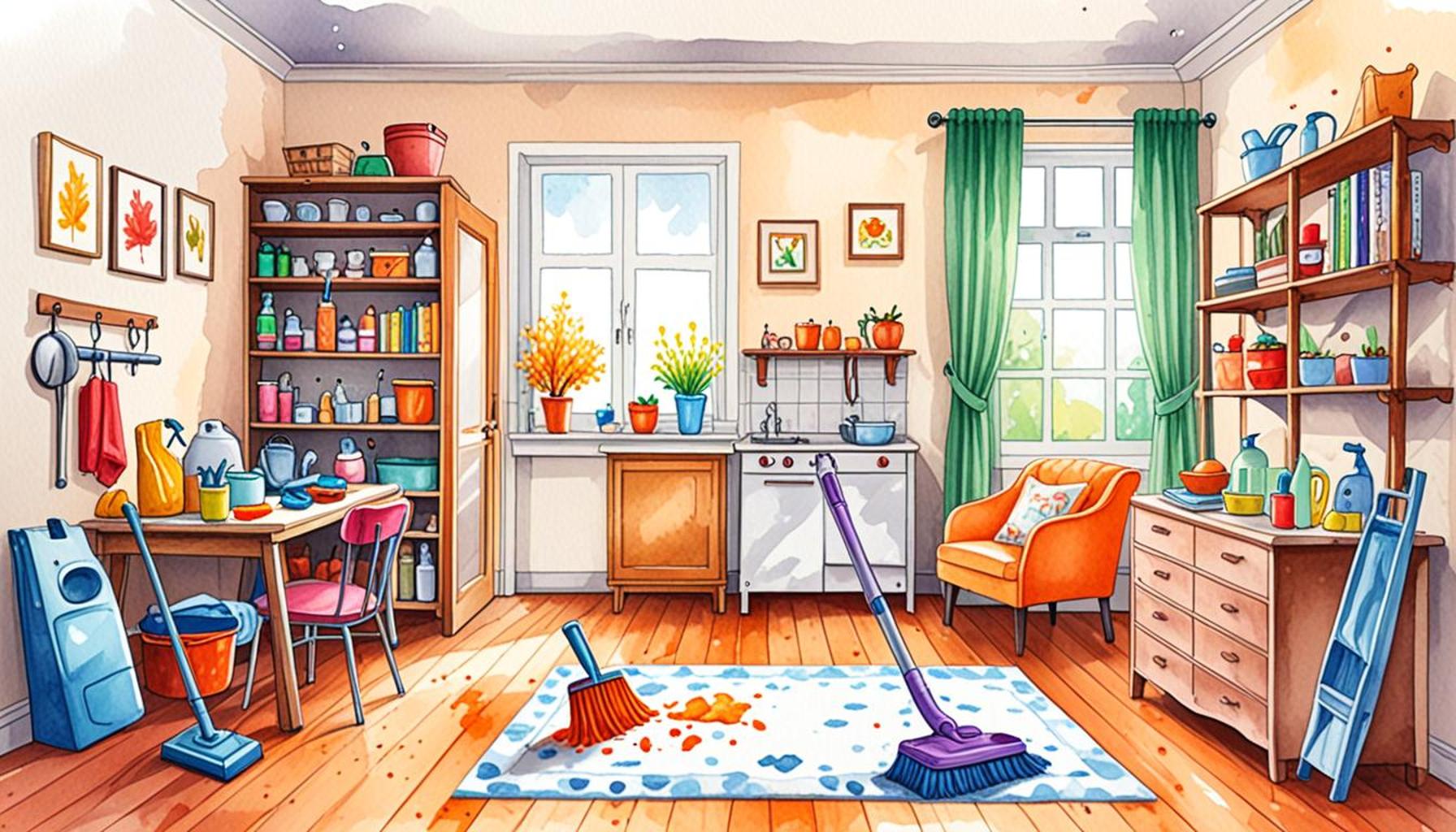How to Clean Hard-to-Reach Spots in Your Home Expert Tips Tricks
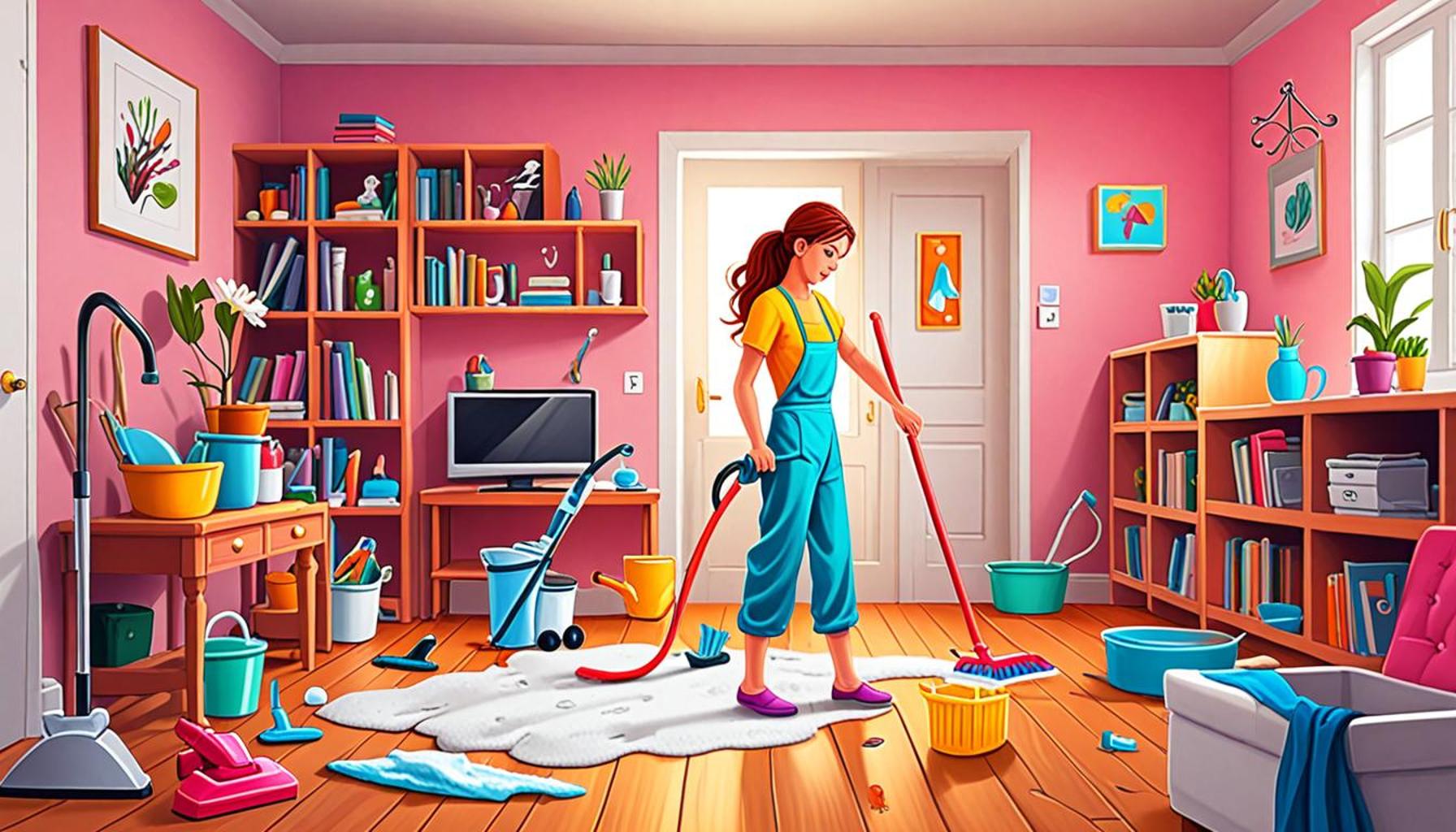
Discover Effective Strategies for Cleaning Hard-to-Reach Areas
Cleaning your home can often feel like an insurmountable task, especially when faced with those hard-to-reach spots that accumulate dust and grime over time. Overlooking these areas not only affects the aesthetics of your home but can also contribute to allergens and respiratory issues. While some may feel daunted by the thought of cleaning behind heavy furniture or appliances, understanding efficient cleaning methods can make the process simpler and more rewarding.
Consider the common hard-to-reach spots in your home that might need attention. Here are a few notable examples:
- Behind the refrigerator: This area can be a haven for dust bunnies and spills. It’s crucial to pull out your fridge regularly, perhaps every 3 to 6 months, to sweep or vacuum away debris and wipe down the surfaces.
- Under the sofa: This often-overlooked space can collect crumbs, dust, and pet hair. Using a handheld vacuum or the hose attachment of your regular vacuum can help you efficiently clean in these tight spaces.
- Ceiling fans and light fixtures: Dust accumulates on fan blades and light fixtures, which can compromise air quality. Using a pillowcase to catch the dust as you wipe can make this task easier.
- Window tracks and sills: These areas often trap dirt and cycles of moisture, leading to mold if not addressed. A mix of vinegar and water can work wonders in cleaning these areas.
- Baseboards and molding: These vertical surfaces often collect dust without notice. A damp cloth or a planner with a dust brush can quickly clean them, so they don’t detract from the overall appearance of your rooms.
Implementing effective cleaning strategies can greatly enhance your home’s overall cleanliness. Start by gathering the proper cleaning supplies: microfiber cloths, a good vacuum with multiple attachments, and cleaning solutions suited to each surface type. Armed with the right tools and techniques, you’ll not only eliminate dirt but also contribute to a healthier living space.
In this guide, we will unveil some invaluable hacks for cleaning those overlooked areas, turning hard work into a breeze. Strategies like using extendable dusters or creating eco-friendly cleaning solutions can amplify your efforts significantly. For instance, a simple solution of baking soda and vinegar works effectively on many surfaces, cutting through grime while being safe for your home.
Stay tuned as we dive deeper into expert methods that can transform your cleaning routine. By focusing on these hard-to-reach areas, you can achieve a pristine home where every corner shines and is truly welcoming. Such thorough cleaning not only enhances the look of your home but also promotes a sense of tranquility in your living environment.
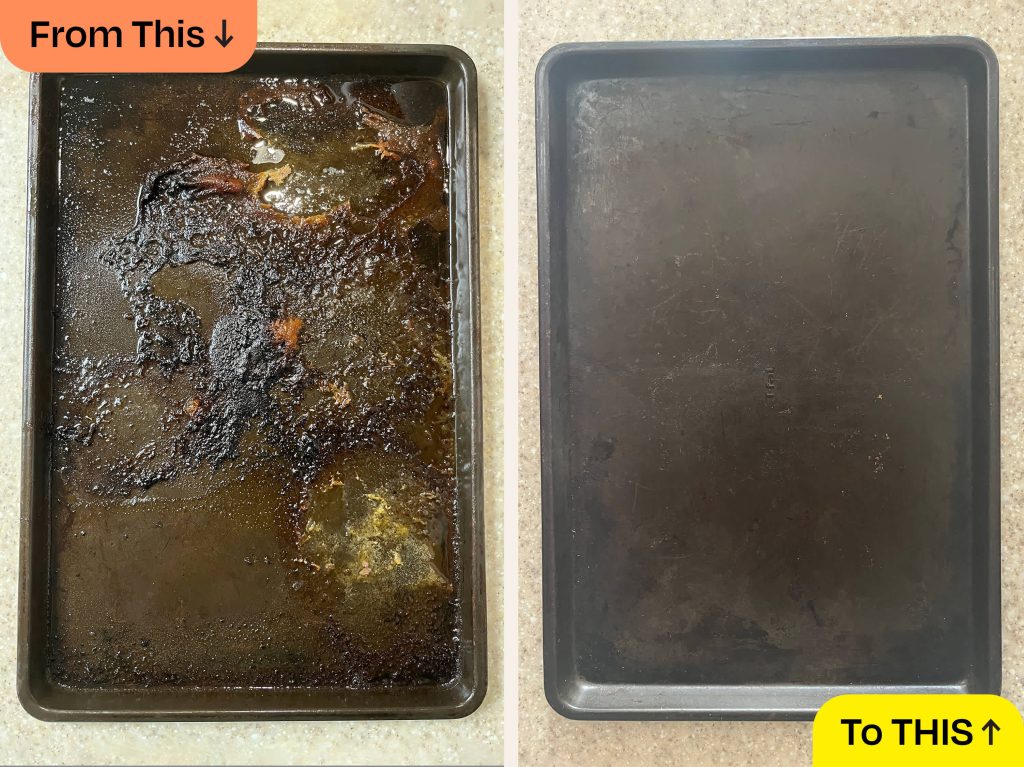
Master the Art of Cleaning Challenging Areas
Cleaning hard-to-reach spots in your home may seem like a daunting task, but with the right approach, it can be manageable and even satisfying. By understanding where to focus your efforts and employing expert techniques, you can elevate your cleaning routine and maintain a fresher, healthier living environment.
First, let’s discuss the essential cleaning tools that can help you tackle those tricky areas effectively:
- Microfiber Cloths: These are excellent for attracting dust without scratching surfaces. They are reusable, eco-friendly, and can be tossed in the wash after use, making them an economical choice for cleaning various surfaces.
- Vacuum Cleaners with Attachments: A vacuum with a variety of attachments, such as crevice tools and brushes, provides versatility in reaching tight spots and ensuring you capture as much dirt as possible.
- Extendable Dusters: Ideal for high places like ceiling fans and light fixtures, these dusters allow you to clean without needing a stepladder, thereby minimizing the risk of accidents.
- Long-Handled Brushes: Perfect for getting into narrow spaces such as behind appliances, these brushes can help you remove stubborn grime without having to pull heavy items away from walls.
- Cleaning Solutions: Having an assortment of cleaners tailored for specific surfaces—from wood to glass—will enhance your cleaning efficiency. Natural solutions, such as a simple baking soda and vinegar mix, can often be just as effective as commercial products.
Once you’ve assembled your cleaning arsenal, it’s time to develop a systematic approach to cleaning hard-to-reach spots. Here are some expert tips to streamline your efforts:
- Schedule Regular Cleanings: Dedicate a specific time every few months to focus on these areas. This prevents significant build-up and creates a manageable routine.
- Tackle One Area at a Time: Concentrate your efforts on one spot before moving to another. This will make the task less overwhelming and will help you track your progress.
- Stay Safe: When cleaning high spaces, always consider safety first. Use stable ladders, wear gloves, and gather any necessary protective gear to prevent accidents.
- Use Fluids Sparingly: For delicate areas, apply cleaning solutions to your cloth instead of directly onto surfaces. This reduces the risk of excess moisture causing damage.
By following these guidelines, you can significantly improve your cleaning efficiency and maintain those often-neglected areas in your home. Remember, the goal is not just to keep your space looking good, but also to create a healthier environment free from allergens and dust. With these tips firmly in your toolkit, you can confidently tackle even the hardest-to-reach spots.
Expert Tips for Cleaning Hard-to-Reach Spots
Cleaning those difficult areas in your home requires more than just determination. It calls for the right techniques and tools to ensure every nook and cranny is spotless. Here are some expert strategies specifically designed for tackling those pesky hard-to-reach spots.
Utilizing the Right Tools
Investing in specialized cleaning tools can significantly ease the process. Long-handled dusters, flexible vacuum attachments, and microfibre cloths can make it possible to clean areas like ceiling fans and behind appliances without straining yourself. Additionally, a handheld steamer can be a game changer for loosening grime in tight spaces.
DIY Cleaning Solutions
For effective cleaning, consider concocting your homemade cleaning solutions. A mix of vinegar and water not only helps to cut through grease but is also safe for various surfaces. This solution can be easily sprayed into cracks and corners that are otherwise hard to access. For tougher stains, baking soda can be sprinkled and left to sit before scrubbing.
| Category 1 | Category 2 |
|---|---|
| Cleaning Tools | Long-handled dusters and flexible attachments can access high and low spots easily. |
| Cleaning Solutions | Homemade solutions like vinegar and baking soda can tackle tough stains effectively. |
This knowledge empowers you to tackle even the most daunting cleaning tasks. Understanding how to effectively access and clean hard-to-reach areas not only improves the aesthetic of your home but also contributes to a healthier living environment. By incorporating these expert tips and maintaining a regular cleaning schedule, you can keep your home shining from every angle.
Regular Maintenance
Engaging in routine checks can prevent grime and dirt build-up in hard-to-reach spots. Setting a reminder every few weeks to clean these areas ensures that they don’t become overwhelming tasks. Prevention is often easier than the cure when it comes to home cleaning. Incorporating these strategies will undoubtedly enhance your home maintenance routine, making it more efficient and effective.
Strategic Techniques for Hard-to-Reach Areas
Now that you have your cleaning arsenal ready, it’s time to delve into specific techniques tailored for those stubborn, hard-to-reach spots within your home. From behind appliances to high shelves, employing the right methods can yield remarkable results without excessive effort.
1. Behind Appliances: One of the most notorious neglected areas is behind and beneath major appliances like refrigerators, stoves, and washers. These spots can harbor a lot of dust, pet hair, and even crumbs. Use a vacuum cleaner with a hose attachment to efficiently suck up debris. If you don’t have a vacuum handy, consider using a long-handled broom or a flexible dusting wand, which can be easily maneuvered into tight spaces. Make it a point to clean these areas at least twice a year to prevent the buildup of dirt.
2. Ceiling Fans and Light Fixtures: Depending on the height and location of your ceiling fans and light fixtures, these can be tricky to clean. An extendable duster makes cleaning high surfaces much safer and more convenient. Aim to clean ceiling fans regularly, as they can distribute dust throughout the room when in use. For light fixtures, ensure the power is switched off before you dust or wipe them down. A non-abrasive cleaning solution applied to a microfiber cloth will help remove any sticky residue.
3. High Shelf and Cabinet Tops: These areas often become dust collectors, yet they may be easily forgotten during regular cleanings. Use a vacuum with a brush attachment to capture dust without needing to take items off the shelf. For a more thorough clean, spritz a cleaning solution onto a cloth and lightly wipe the surface. Using an extendable cleaning tool can also reach these heights without risking a fall from a stool or ladder.
4. Baseboards and Corners: Dust and grime tend to accumulate in corners and along baseboards. A static cloth can work wonders for removing dust effectively. For stubborn stains or marks, a mixture of warm water and a few drops of dish soap will do the trick. Be sure to wipe down each corner thoroughly, as this is also where cobwebs may gather, especially if you have high ceilings.
5. Window Blinds: Blinds can be one of the most neglected surfaces in a home. To clean them easily, create a simple solution of equal parts vinegar and water. Soak a microfiber cloth in the solution, wring it out, and then wipe each slat. For mini blinds, a simple tool made from a sponge cut into a ‘Z’ shape can clean both sides simultaneously.
6. Air Vents: Air vents can often hold dust and allergens, leading to poor air quality in your home. Use a vacuum attachment to carefully remove dust accumulation. If reachable, take the vent covers off and wash them in warm, soapy water for a deeper clean. Regularly cleaning air vents can significantly improve your indoor air quality.
Implementing these targeted strategies for tackling hard-to-reach spots will not only lead to a cleaner home but can also improve the overall atmosphere of your environment. By making these areas a regular part of your cleaning regiment, you can ensure that your home remains welcoming and healthy.
Conclusion
In conclusion, mastering the art of cleaning hard-to-reach spots in your home is a game-changer that can enhance both the appearance and the air quality of your living environment. By employing strategic techniques, such as utilizing extendable dusters for ceiling fans and light fixtures, or tackling dust accumulation behind appliances with a vacuum cleaner, you can effectively minimize dust, allergens, and grime that often go unnoticed. Remember, these often-overlooked areas are critical to maintaining a healthy home.
Moreover, incorporating easy DIY cleaning solutions, like a vinegar and water mix for your blinds or a gentle dish soap mixture for baseboards, not only provides a thorough clean but also promotes eco-friendly practices within your space. Developing a consistent cleaning routine targeting these hidden spots ensures that your home remains a sanctuary free from accumulated dirt.
As you explore new cleaning tips and tricks, consider setting a reminder to check these hard-to-reach areas periodically. This regular maintenance can save you time and effort in the long run while fostering a refreshing and inviting atmosphere. With dedication and the right tools at your disposal, you can conquer those challenging cleaning tasks. So roll up your sleeves, embrace these expert insights, and transform your home into the spotless haven it deserves to be!

